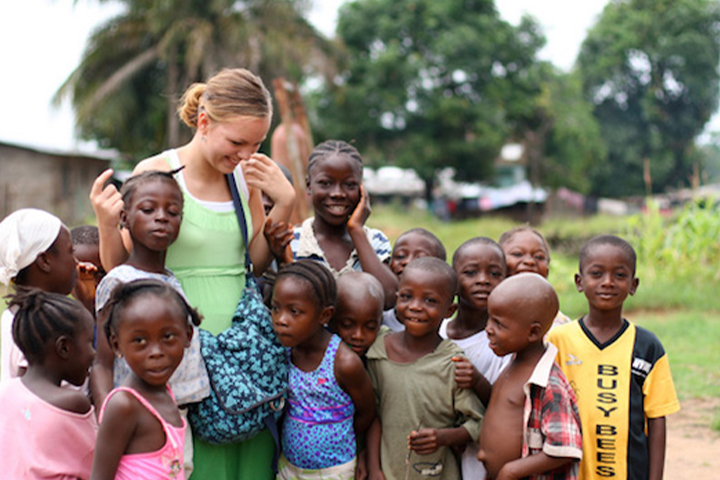
Poverty
Child poverty refers to the phenomenon of children living in poverty. This applies to children that come from poor families or orphans being raised with limited, or in some cases absent, state resources. Children that fail to meet the minimum acceptable standard of living for the nation where that child lives are said to be poor. In developing countries, these standards are lower and when combined with the increased number of orphans the effects are more extreme. The easiest way to quantify child poverty is by setting an absolute or relative monetary threshold. If a family does not earn above that threshold, the children of that family will be considered to live below the poverty line. Absolute poverty thresholds are fixed and generally only updated for price changes, whereas relative poverty thresholds are developed with reference to the actual income of the population and reflect changes in consumption. The absolute poverty threshold is the money needed to purchase a defined quantity of goods and services. While there is no exact standard used to set the threshold, and it varies from country to country, it generally reflects the minimum income needed to acquire the necessities of life. Certain organisations, such as the World Bank and the International Monetary Fund, use the absolute poverty threshold of US$1 a day to measure poverty in developing countries. Since the 1960s, the US has used an absolute poverty threshold adjusted for family size and composition to determine those living in poverty.
Europe and many other developed countries use a relative poverty threshold, typically 50% of the countries' median income. Relative poverty does not necessarily mean the child is lacking anything, but is more a reflection of inequality in society. Child poverty, when measured using relative thresholds, will only improve if low-income families benefit more from economic advances than well-off families. Measures of child poverty using income thresholds will vary depending on whether relative or absolute poverty is measured and what threshold limits are applied. Using a relative measure, poverty is much higher in the US than in Europe, but if an absolute measure is used, then poverty in some European countries is higher. It is argued that using income as the only threshold ignores the multidimensional aspect of child poverty, which includes consumption requirements, access to resources and the ability to interact in society safely and without discrimination.
A 2003 study conducted by researchers out of Bristol attempted to provide a scientific basis for measuring severe deprivation based on levels of adequate nutrition, safe drinking water, decent sanitation facilities, health, shelter, education, and information. Measurable values were attributed to each indicator and these were used to establish how many children were living in poverty. The values included: heights and weights more than 3 deviations below the international median, children with access only to rivers and other surface water, no access to toilets, no immunisations, no access to medical advice, living in dwellings with more than five people per room, no school attendance and no access to newspapers or other media. Out of a population of 1.8 billion children from developing nations, 56% were below at least one of these measurements. In Sub-Saharan Africa and Southern Asia, this number increased to over 80%, with the rural children from these areas the worst affected
The Young Lives Project is investigating the changing nature of child poverty by following nearly 12 000 children for 15 years in four countries (Ethiopia, Peru, Vietnam and India), chosen to reflect a wide range of cultural, political, geographical and social contexts. Every three to four years, researchers will collect data on the children and their families health, malnutrition, literacy, access to services and other indicators of poverty. Reports are available for these four countries that comparing the initial data obtained in 2002 with data from 2006. Peru, Vietnam and India have shown economic growth and a reduction in poverty over this time, but large inequalities still exist between rural and urban areas, and among ethnic groups. This is particularly obvious in India, a country with the second largest population of billionaires but also home to 25% of the world's poor. Ethiopia, one of the poorest countries in the world, has also shown slight economic growth and reduction in poverty. Inequalities still exist, with boys more likely to be malnourished than girls and more absolute poverty in rural areas, although relative poverty is higher in urban areas. This data was collected before the 2008 drought and the recent increase in food prices, which have had a severe impact on the ability of Ethiopia to feed its population. Hence Our Trust is planing to eradicate the Child Poverty by providing free meal programe below 15 years around the backwards areas all over india